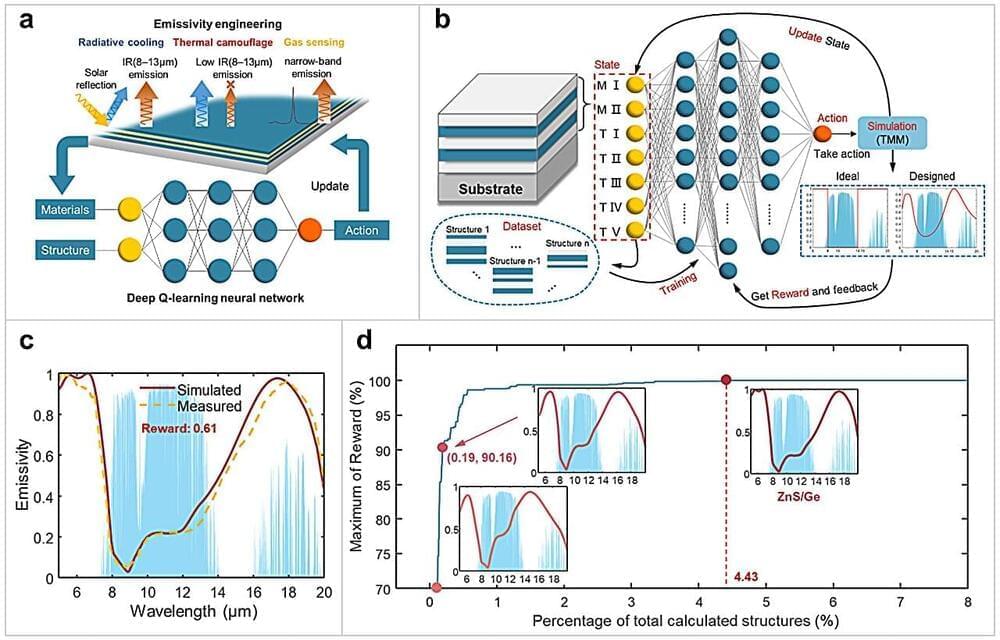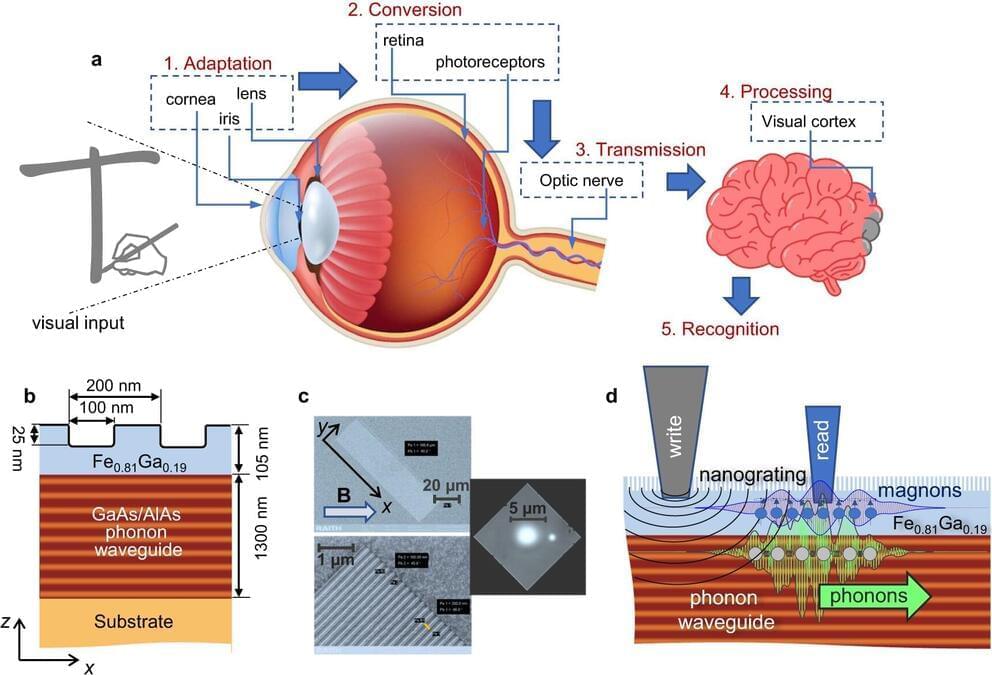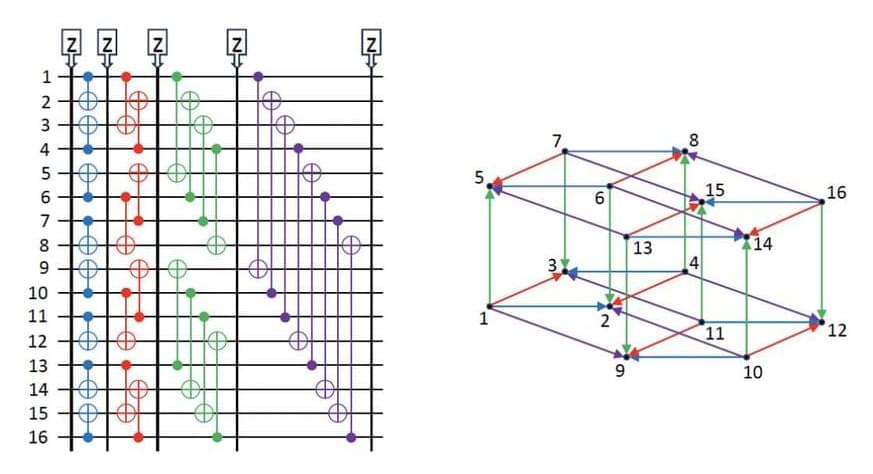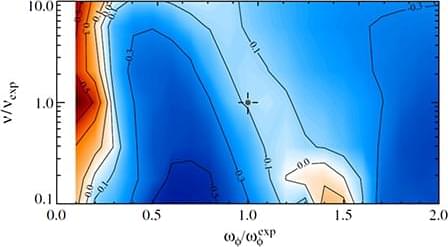Feb 9, 2024
Researchers show classical computers can keep up with, and surpass, their quantum counterparts
Posted by Dan Breeden in categories: computing, information science, quantum physics
Quantum computing has been hailed as a technology that can outperform classical computing in both speed and memory usage, potentially opening the way to making predictions of physical phenomena not previously possible.
Many see quantum computing’s advent as marking a paradigm shift from classical, or conventional, computing. Conventional computers process information in the form of digital bits (0s and 1s), while quantum computers deploy quantum bits (qubits) to store quantum information in values between 0 and 1.
Under certain conditions, this ability to process and store information in qubits can be used to design quantum algorithms that drastically outperform their classical counterparts. Notably, quantum’s ability to store information in values between 0 and 1 makes it difficult for classical computers to perfectly emulate quantum ones.

















